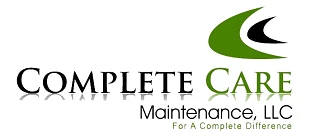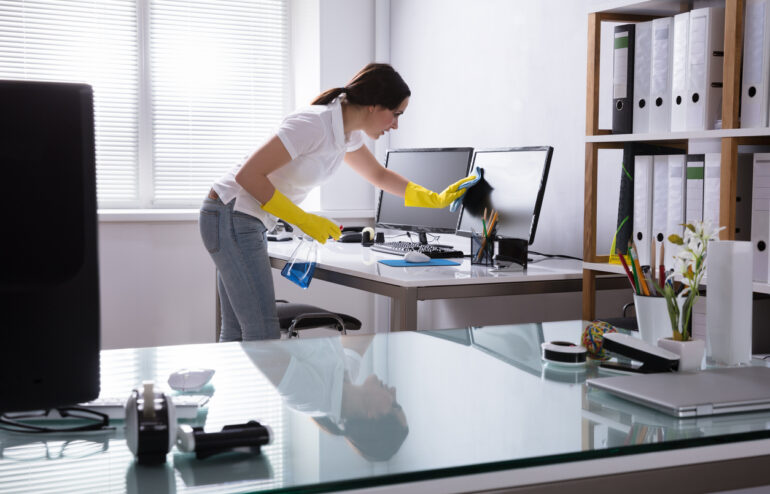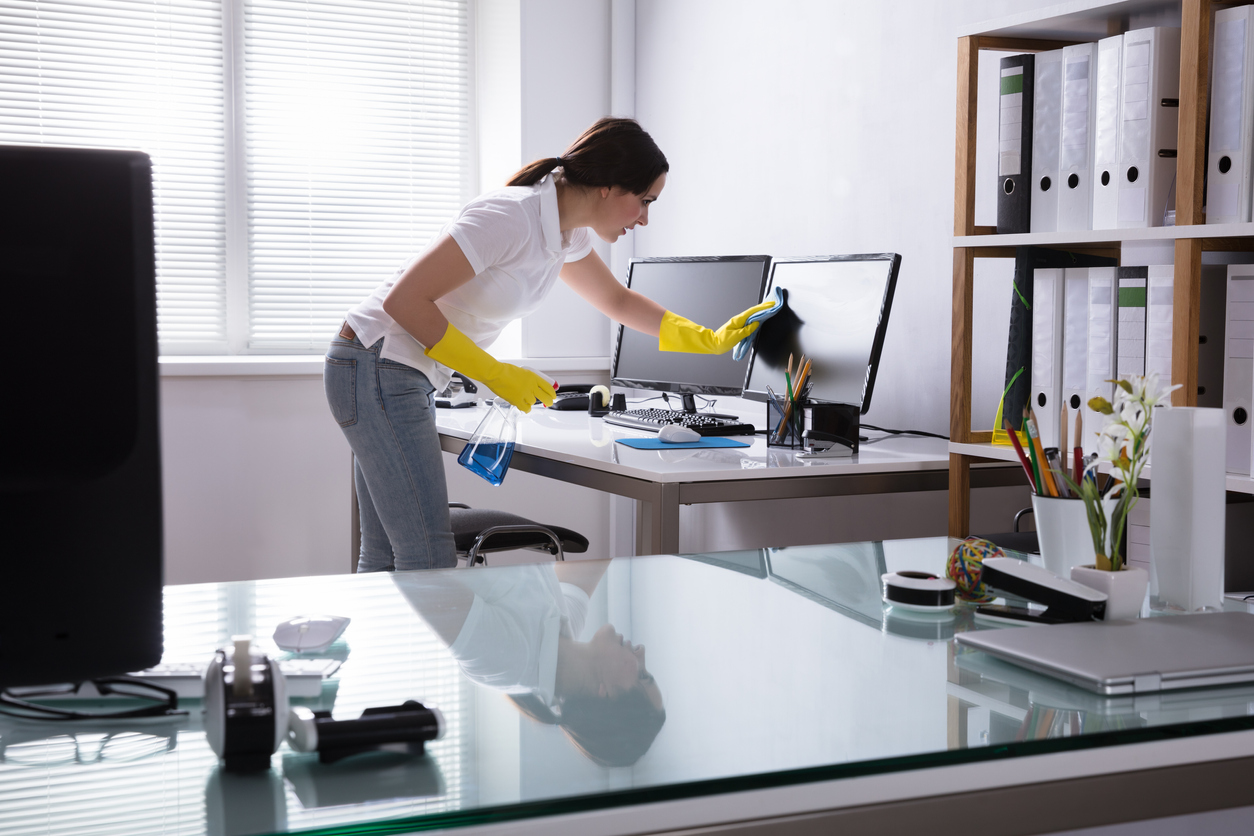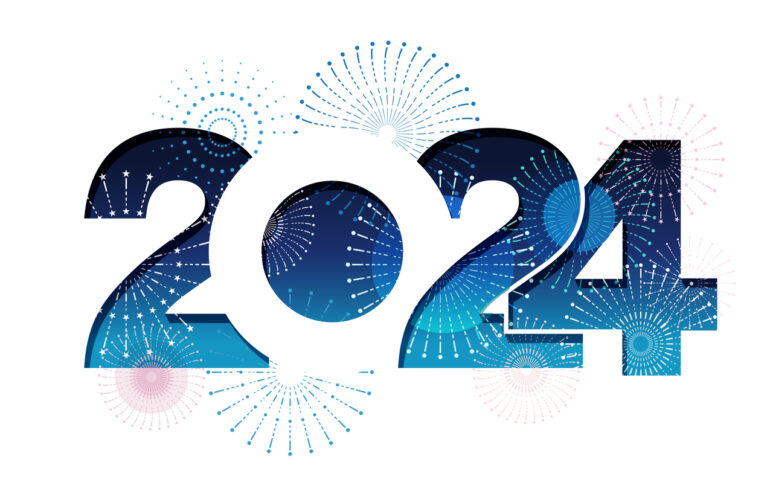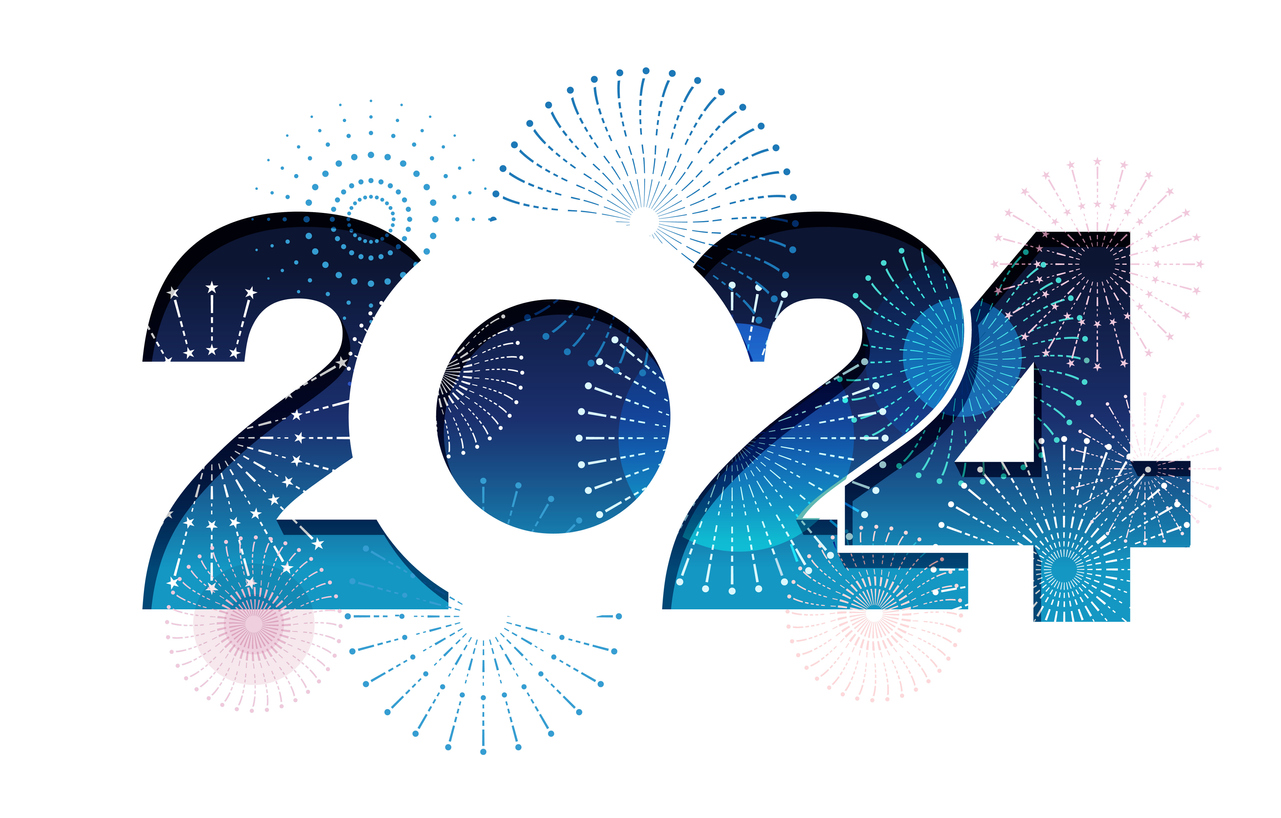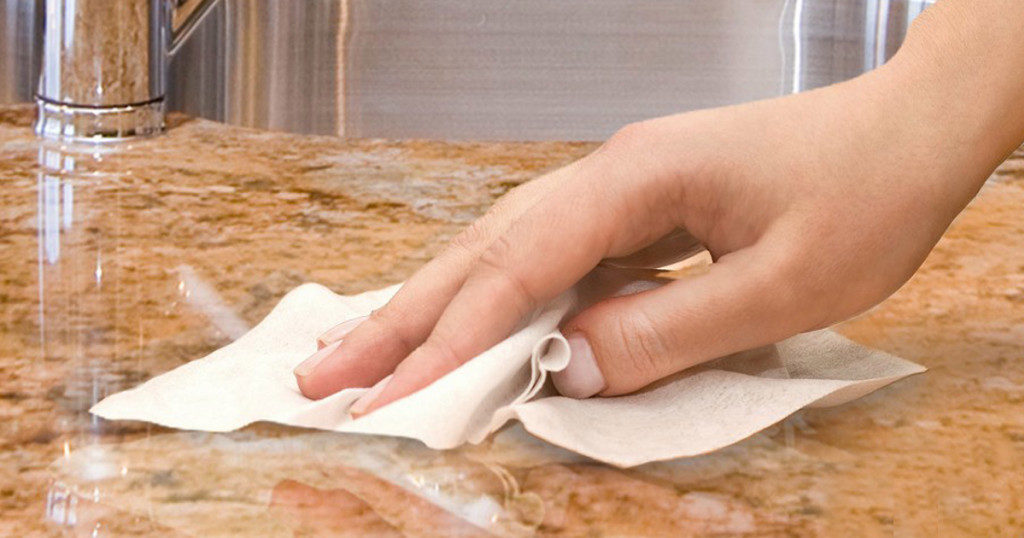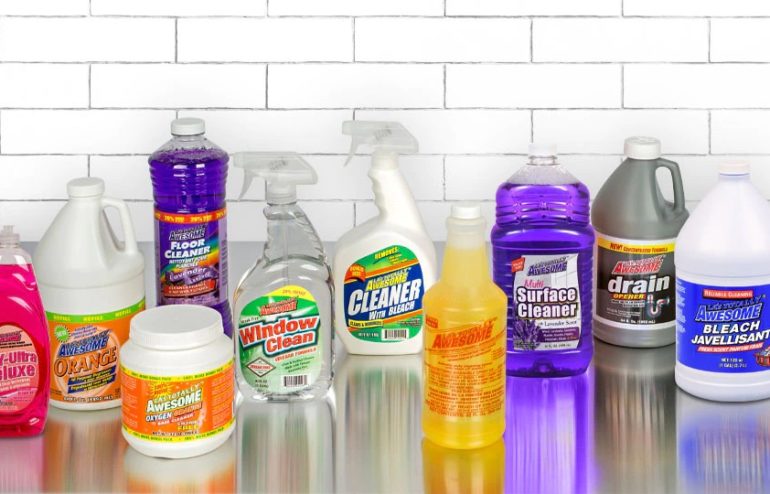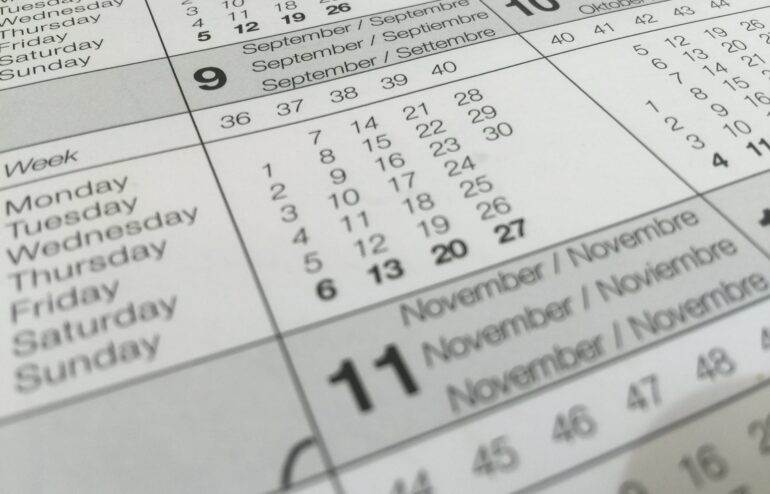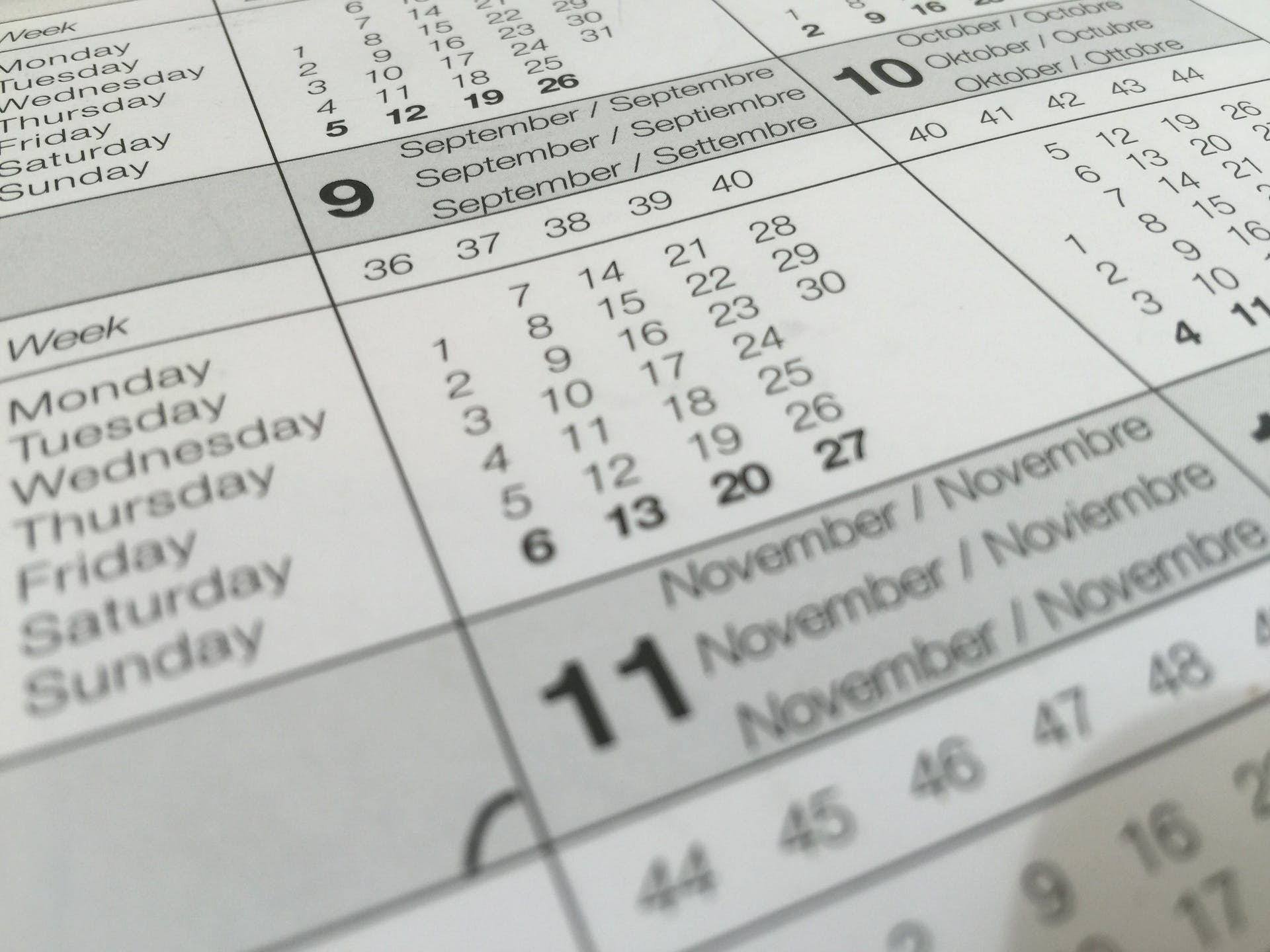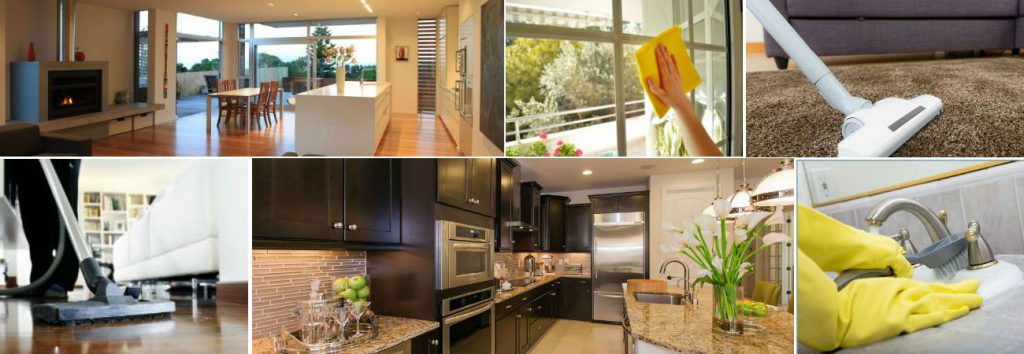In the bustling corporate landscape of New Jersey, maintaining a clean and organized office environment is not just about aesthetics; it’s a strategic investment in productivity, employee well-being, and a lasting positive impression on clients. As businesses strive for excellence, partnering with a trusted cleaning service becomes a crucial element of their success story. Enter Complete Care Maintenance, a beacon of excellence in office cleaning services across the Garden State.
The Complete Care Difference: Beyond Cleaning Surfaces
Customized Cleaning Solutions:
Every office space is unique, and so are its cleaning needs. Complete Care Maintenance takes a personalized approach to office cleaning in NJ, offering tailor-made solutions to meet the specific requirements of each client. Whether it’s a large corporate headquarters or a boutique office, the cleaning plans are crafted to ensure optimal results.
Comprehensive Cleaning Services:
Complete Care Maintenance goes beyond the basics, providing a comprehensive range of cleaning services. From daily janitorial tasks to specialized services such as carpet cleaning, window washing, and floor maintenance, their skilled team ensures that every nook and cranny is spotless. This comprehensive approach creates a conducive and inspiring work environment for employees.
Environmentally Conscious Practices:
Recognizing the importance of sustainability, Complete Care Maintenance embraces environmentally friendly cleaning practices. Utilizing eco-friendly cleaning products and methods, they contribute to a healthier workplace and a reduced environmental footprint. This commitment aligns with the growing trend of businesses adopting green practices for a more sustainable future.
State-of-the-Art Technology:
The team at Complete Care Maintenance is equipped with state-of-the-art cleaning technology to deliver superior results. Advanced equipment and innovative cleaning techniques ensure efficiency and effectiveness in tackling various surfaces and materials, providing clients with a level of cleanliness that goes beyond expectations.
Flexible Scheduling:
Understanding the diverse needs of businesses, Complete Care Maintenance offers flexible scheduling options. Whether it’s regular daily cleaning, weekly maintenance, or special one-time projects, their team accommodates the unique scheduling requirements of each client. This flexibility ensures minimal disruption to daily operations while maintaining a consistently clean environment.
The Impact on Workplace Productivity and Employee Morale
Healthier Work Environment:
A clean and sanitized workspace is integral to the health and well-being of employees. Complete Care Maintenance’s thorough cleaning practices contribute to reducing the spread of germs and allergens, creating a healthier work environment. This, in turn, minimizes sick days and boosts overall productivity.
Boosted Employee Morale:
A well-maintained office space sends a positive message to employees about the company’s commitment to their comfort and satisfaction. A clean and organized workplace fosters a sense of pride and professionalism among employees, positively impacting morale and motivation.
Enhanced Client Impressions:
First impressions matter, especially in business. A clean and well-maintained office space creates a positive impression on clients and visitors. It reflects a commitment to excellence and attention to detail, factors that can influence business relationships and opportunities.
The Complete Care Maintenance Promise: Excellence in Every Detail
In the competitive business landscape of New Jersey, where success is often determined by the ability to create a conducive and inspiring work environment, Complete Care Maintenance stands out as a trusted partner. Their commitment to excellence, personalized approach, and comprehensive services make them the go-to choice for office cleaning in NJ.
In conclusion, office cleaning services extend beyond the mere act of cleaning surfaces; they play a pivotal role in shaping the culture, productivity, and success of businesses. Complete Care Maintenance’s unwavering dedication to delivering excellence in every detail ensures that their clients not only have clean offices but also thriving, dynamic workspaces that contribute to their overall success.
